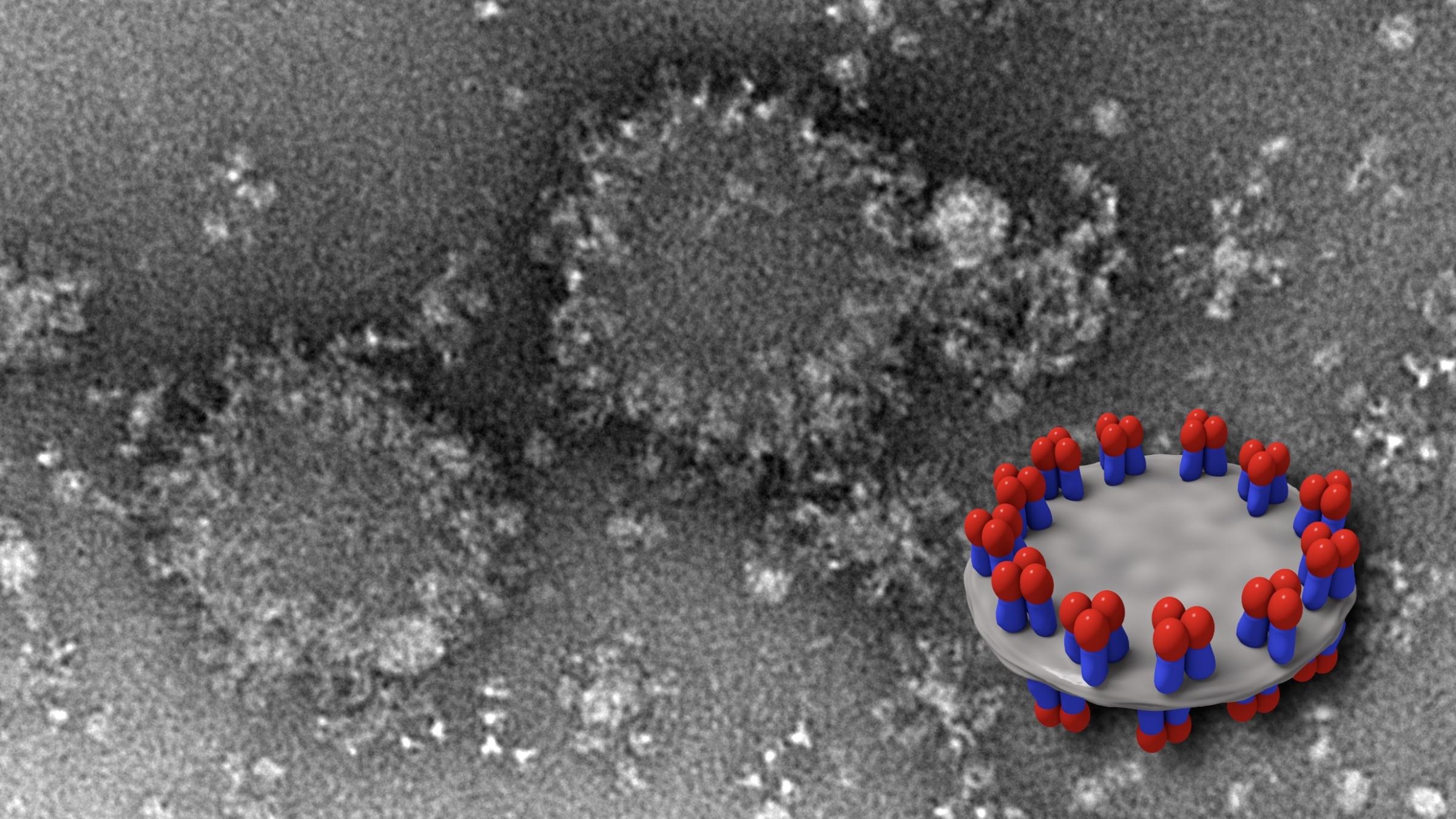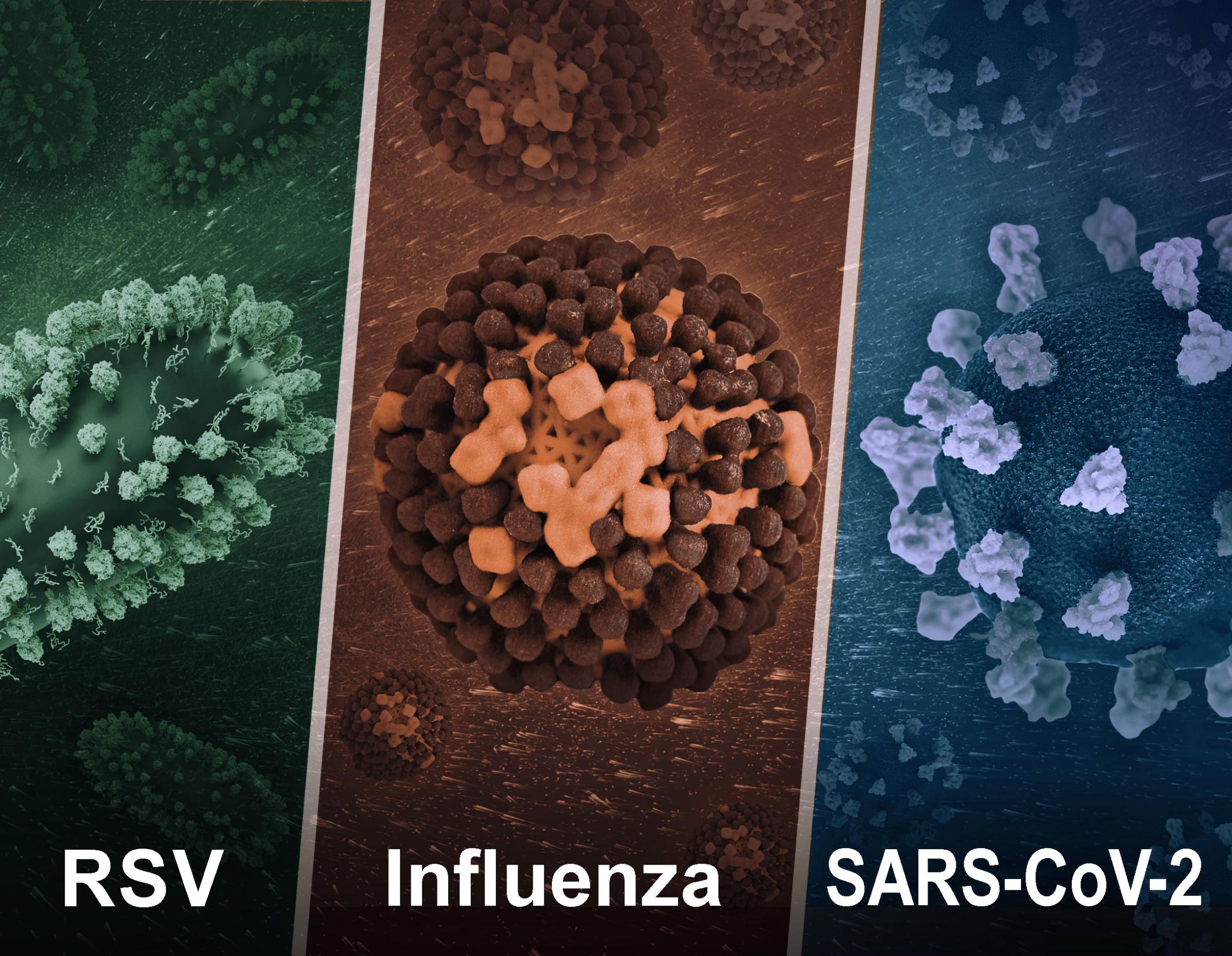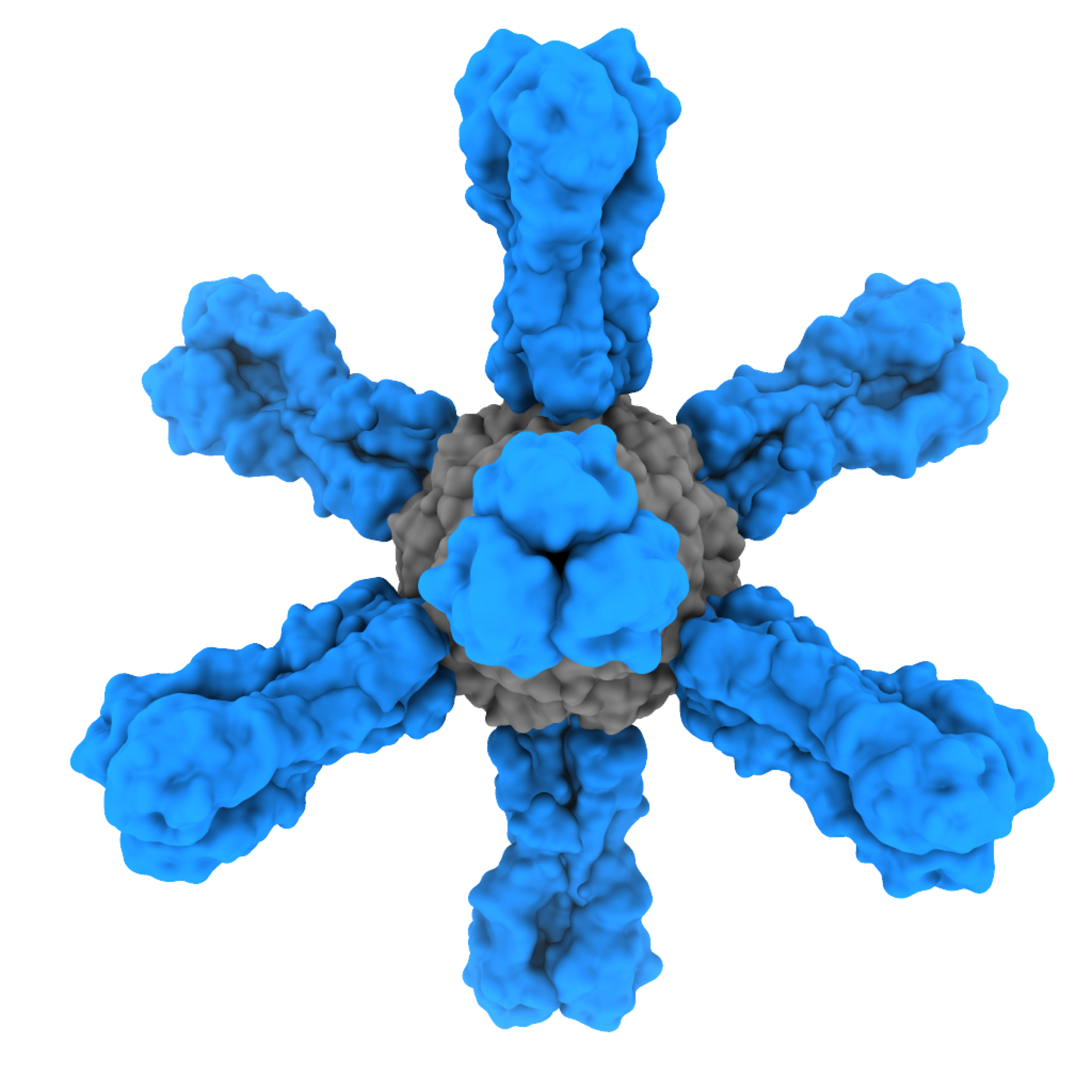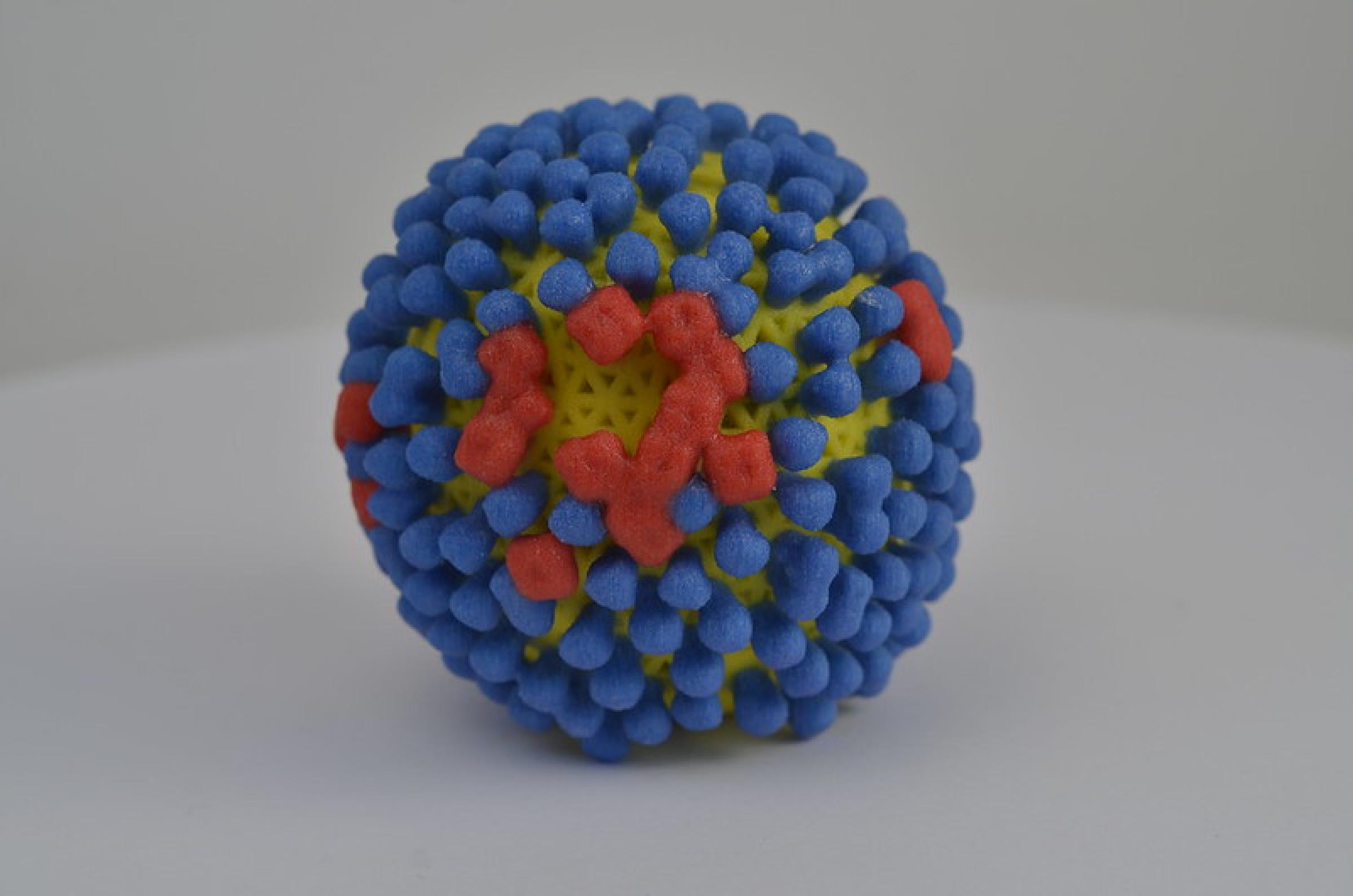The most common method used to produce each year’s seasonal flu vaccine involves a laborious, time-consuming process in which scientists must select vaccine strains months in advance of the upcoming flu season and then grow the selected flu virus strains in chicken eggs. However, sometimes an existing but unexpected flu strain will become prevalent during flu season, making the vaccine a poor match to the circulating strains.
There is also a cell-based production process in which flu virus is grown in cultured mammalian cells, instead of in chicken eggs. This approach is a modest improvement in vaccine production because it does not involve chicken eggs (and is better for people with egg allergies) and has the potential for faster flu vaccine manufacturing, but it still requires the tedious process of growing the flu virus.
NIAID and its industry partners have made progress in moving from both the egg-based and cell-based flu vaccine production methods toward recombinant DNA manufacturing for flu vaccines. This method does not require an egg-grown vaccine virus and does not use chicken eggs at all in the production process. Instead, manufacturers isolate a certain protein from a naturally occurring (“wild type”) recommended flu vaccine virus. These proteins are then combined with portions of another virus that grows well in insect cells. The resulting “recombinant” vaccine virus is then mixed with insect cells and allowed to replicate. The flu surface protein called hemagglutinin is then harvested from these cells and purified.
Technologies, like recombinant vaccines, create flexible manufacturing processes that could be rapidly mobilized to respond to emerging seasonal and pandemic flu strains. NIAID, along with the Department of Health and Human Services’ Biomedical Advanced Research and Development Authority (BARDA), the Centers for Disease Control and Prevention, the Food and Drug Administration, and the pharmaceutical and biotechnology industries, has participated in the Influenza Vaccine Manufacturing Improvement Initiative designed to support accelerated and flexible production through development of novel assays, improved flu strain selection, and optimized high-yield flu virus vaccine strains.
Novel Influenza Vaccine Designs
Scientists are also developing novel influenza vaccine platforms that could be produced more efficiently. NIAID’s Vaccine Research Center is developing DNA or gene-based vaccines against seasonal and pandemic influenza that have been tested in clinical trials. A DNA vaccine contains a small, circular piece of DNA called a plasmid that includes genes that code for proteins of a flu virus. When the vaccine is injected into the body, cells read the genes and make virus proteins, which self-assemble into virus-like particles. The body then mounts an immune response to these particles.
Other platforms being explored include peptide-based vaccines, virus-like particle (VLP)-based vaccines, and vector-based vaccines, which use other viruses as vectors, or carriers, to deliver segments of genetic material derived from influenza virus.
Adjuvants
Adjuvants are substances added to vaccines to boost and lengthen the body’s immune response to an infection. NIAID and NIAID-funded scientists are working to develop new adjuvants and novel adjuvant delivery platforms. Read more about vaccine adjuvants.






